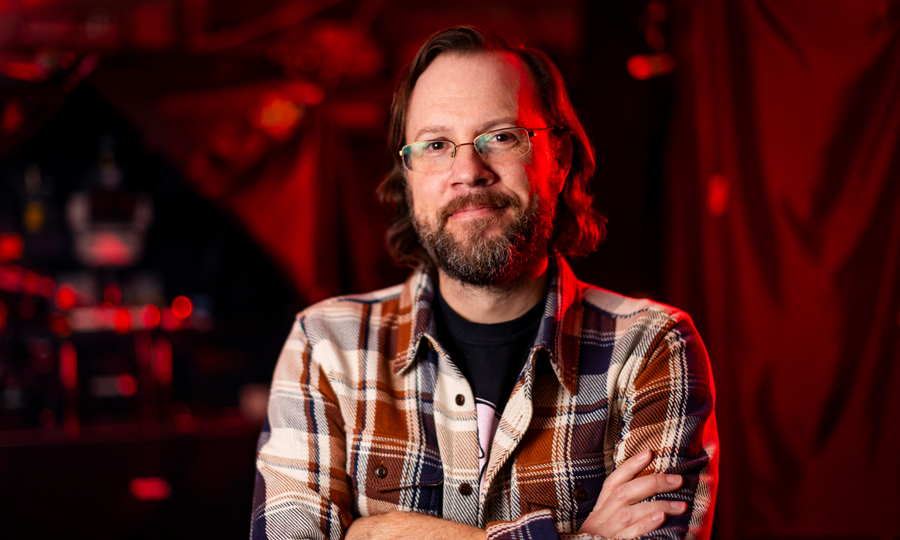Top News
Today’s Featured News
In the Media
Featured Multimedia
James Brice is a 2023 Design Fellow whose research focuses on nature-based solutions for coastal adaptation using oyster reefs. With a background in design, engineering, and urban naturalism, Brice is dedicated to guiding costal communities to create resilient waterfronts that are physically, ecologically, and socially sustainable.
Namrata Kala is an associate professor in applied economics at the MIT Sloan School of Management. She studies the value of employee training and incentives, and how communities adapt to environmental change. Here, Namrata speaks with MIT President Sally Kornbluth about the importance of soft skills training, and the benefits of being a straight shooter.
Mechanical Engineering at MIT has expanded through the years from its traditional areas to encompass many emerging technologies, ideas, and principles. Faculty and staff are engaging in cutting-edge research at the intersection of engineering and physics, math, electronics, biology, computer science, and many other fields of study.
Constructed of maple, steel, and plastic tubing, the computer-controlled kinetic sculpture Whale largely fills one upstairs gallery at the MIT Museum. As its 14 rotors spin, the 20-foot-long piece emits an eerie song intended to last for 225 years—roughly the lifespan of a bowhead whale.
Researchers in the Distributed Robotics Laboratory design and build autonomous, underwater robots. Typically the robots are used to monitor real world environments with real animals and try to study them; but on this day, it's mostly just fun at the pool.

























